Are you waiting for opportunities to come to you?
Are you waiting to be asked to participate?
Are you hoping someone will see your art, buy it, or give you a show?
Are you hoping people will sign up for that workshop you worked so hard developing?
If any of these are true, you might have a bad case of the WAITS or the HOPES.
You’ve become complacent with your marketing. You’re happy to go through the motions around a routine you’ve created, and then wait passively for positive results.
There was a point when I was complacent about my marketing. I would write my blog posts every week and send teasers to my email list and post to Facebook and Twitter. (Yes, the fact that I was tweeting at the time dates my complacency.)
I was relying too much on the content I created for my existing email list without reaching out to new potential audiences. I’d post and then sit back and wait for something to happen.
As an aside … Sometimes I revisit topics like this because I need to hear them myself. Like your art practice, a successful business is also a practice—the result of dedicated time, experimentation, and consistency. We need to hear things repeatedly. We need to be reminded of possibilities.
My approach to creating content and sharing it worked really well for a long time—until my coach at the time challenged me to begin reaching out to new audiences.
This led to thinking more holistically about what a list is.
In my program Grow Your List, I define your list as much more than a database full of people who have opted into your emails.
Your list includes those people (that’s your email list) but it also includes friends, family, and those you encounter in everyday life: the parents you’ve befriended at your kids’ school, the coworkers at your day job, or the fellow parishioners at your church.
And, you must count social media connections among your list members.
At the same time, you cannot be beholden to the algorithms or whims of tech giants. For better results, you must take a more active role in your marketing. You must nestle in to the driver’s seat of your destiny.
The best way to do this is to be more human with your marketing. Communicate directly to individuals rather than relying on broadcasting to a larger audience, which you only hope will open your email or stumble upon your post.
More personal marketing not only yields better results, it actually makes it more fun. Yes, I just said marketing could be more fun, and it’s because you’re making personal connections rather than relying on algorithms.
If personal marketing appeals to you, I hope you’ll take a look at my learning program, Grow Your List.
It’s available on demand and includes 4 months of support from our community and the artist mentors on my team.
In this episode of The Art Biz, I give you a few scenarios with ideas for more active marketing through personal touches.
As I walk you through them, I’ll mention programs I have available to help you implement these ideas. But those are only asides.
Pay attention to the ideas in each situation and you’ll get a lot from this episode. (Or keep reading if you prefer.)
Listen
Ensuring You’re Not Wasting Time on Social Media
Passive social media marketing looks a little like the error I shared above. You send list emails, write posts, and share photos and videos. You like posts from people you follow. You accept friendships on Facebook and follow people back on Instagram.
This is all good. You need to do these things. But even if you are consistent with posting and liking and following, it’s still pretty lazy and kinda boring after a while.
To activate your social media, don’t wait to come across people and posts.
Seek out the people and businesses you really want to connect with. Take a few minutes right now to brainstorm a profile of someone you’d like to connect with on social media.
Friend them or follow them. Like their pages and posts, but also write thoughtful comments in response to their posts rather than simply liking them. This develops name recognition.
Take it one step further and promote their posts that have merit to your followers—perhaps on your personal Facebook profile or in Instagram stories. This is also a good use of Twitter if you’re still on that platform.
I can’t leave a discussion of activating social media without encouraging you to create a reliable editorial calendar for engaging content. It doesn’t have to be rigid or detailed. A simple framework provides direction and keeps you on topic.
I have a very short $30 workshop called Creating a Content Calendar to help you make your framework.
Improving Exhibition and Sales Venues
Showing and selling your art passively means waiting for the knock on the door or the email in your inbox rather than going after what you want.
Here’s how you can activate your search for venues.
If you don’t already have a list or spreadsheet of potential venues, it’s time to make one. Not in your head, but on a piece of paper or your computer.
You want to create a document that you can track and refine over time.
You need to dig in and do the research to find the best venues for your art and goals. Make that spreadsheet and then track the actions you take toward seeing your art in those venues.
In my program Create Opportunities, I provide lessons that help you analyze and prioritize potential venues, attract galleries (and know that they’re right for you in the first place), and consider alternative venues. I even teach you how to write an exhibition proposal.
Benefitting from Exhibitions
Have you ever had a show and wondered why nobody came? Or why nothing sold?
The passive approach to exhibitions is to install your art and rely on the venue to attract an audience.
One step above that would be to send a postcard or an email blast to your whole list, make an event on Facebook, and post a photo to Instagram. Then sit back and hope people show up, buy, and tell others.
This is pretty much the norm. What more is there, you wonder? Wonder no more!
There are plenty of ways to reap the benefits from exhibitions by taking a more active approach.
Train the venue staff about your art, even (and perhaps especially) when it’s the wait staff at a restaurant. Share stories and selling points that they can share with visitors. Visit weekly to check in.
You want the staff to help you sell, so maybe give them a percentage of sales if they aren’t already earning it. Or reward them with a gift of art.
You might also host a VIP preview party and invite your top fans and collectors. People love special treatment and to think of themselves as VIPs. You always want to give white-glove service to those who have most strongly supported you.
While an exhibition is on view, schedule special private events for specific groups of people who need to see your art. Consider niche markets, community organizations, and business leaders.
Even planning and scheduling VIP events is rather hands off. You put it on a calendar or post and hope people come.
To be more proactive and for best results, communicate on a personal level throughout the planning and execution. Write notes by hand on the postcards you send. Send personal emails and direct messages to the people you most want to attend your private showing. Pick up the phone and, gasp!, dial your VIPs.
Boosting Gallery Relations
One reason artists seek gallery representation is because they don’t want to do the sales legwork themselves. But you have to sell yourself to the gallery in the first place. And you must continue nurturing that relationship. You’re relying on them to help you sell.
The passive approach to gallery relations is to deliver the art to the gallery, attend the opening, and cross your fingers.
As you can imagine, the world’s top gallerists would never stand for such a thing. They have profound relationships with their artists.
[ Listen to Qualities Galleries are Looking for in Their Artists with gallerist Jeremy Tessmer ]
By now you know there is a better way for you as well, even if you have to be the one to initiate it. As I said, you need your gallery’s fiercest support to move your art.
Activate the relationship with your gallery with any of these tips.
Call the gallery every 3 or 4 months, especially if you haven’t been in touch. Ask how you can help them sell more of your work. Notice that you aren’t complaining they’re not selling more work or accusing them of slacking off. You’re asking how you can be helpful. What can I do to help you sell more of my art so that we both benefit? Big difference.
This next suggestion for better gallery relations is more of a requirement. You must show up for the gallery’s other artists when they’re having shows or doing artist talks. Gallerists want to see that you’re supportive and engaged with the artists in their stable.
Now, can we talk about food? Not the infamous cheese and crackers of gallery openings. Let’s talk cookies.
Elizabeth St. Hilaire shared her secret for good gallery relations in this guest post: baking cookies and sending them in the mail to her gallerists. If you’re not a baker, find a resource like Dancing Deer Baking Company, which I’ve used plenty in the past.
This is a better strategy if you know food allergies. As someone who is Celiac and necessarily gluten free, I always feel bad when someone gifts me baked goods that I can’t eat. I don’t mind sharing the goodies with others, but I still feel bad.
While we’re on the topic of food, a gallerist in Santa Fe told me they love it when people bring them food because it’s difficult to leave the space during open hours. I never thought of that! Gallerists are kind of stuck there all day. Drop off food for your gallerist or one you are befriending. (I don’t recommend this as a first move, but one when you already have some kind of friendship in place.)
Finally …
Filling Your Classes and Workshops
If your classes and workshops aren’t filling up, you might be waiting and hoping too much.
Maybe you put it in a newsletter and on social media a couple of times. Or you rely on the venue that hired you to attract students.
You must activate your teaching opportunities with the personal touch.
If you have been hired by another venue to teach, offer to write a guest blog post or newsletter article to help promote the event. Or suggest they organize a 30-minute Zoom session with you for their members.
After being hired by many venues to teach workshops, I know that I can promote my programs better than anyone—even the person with the built-in audience who is paying me. I’ve discovered that workshop organizers are grateful to have the marketing help.
Whenever you can, and you probably know what I’m going to say now, send a personal note (email, direct message, text, or real mail) to the people you most want to attend your class or workshop. Address each person by their first name and share something personal if you have a history with that person.
There’s no hard sell here. You only want people to sign up if it’s right for them. You just want them to know why you think the content might be a good fit.
We Need Both Passive and Active Marketing
We need both passive and active marketing, but our businesses suffer when we rely on passive alone. Broadcasting that newsletter or sending the social post is pretty impersonal. You’re sending to many people at once. For better results, think 1-on-1.
Yes, active marketing requires more work, as its description intimates, but I promise you’ll get better results and enjoy it more.
And because this blog and podcast are also forms of passive marketing, I invite you to email your questions and concerns anytime. You can also direct message me on Instagram where I’m @alysonstanfield. I’ll probably ask you to email me as well, but I’m happy to start there.
Learning Opportunities Mentioned
Throughout this episode, I have mentioned numerous programs that can help you with your marketing, but I only want you to enroll in them if you can do the work and implement the lessons. Here are the links.
Artists Who Have Activated Their Marketing
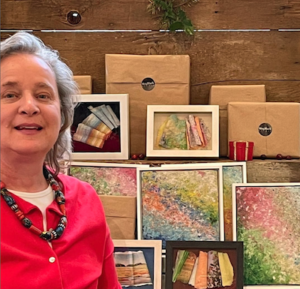
Meg Black went after a commission in her that didn't even exist before she defined it.

Laurence de Valmy boldly reaches out to art world influencers in her community and beyond.
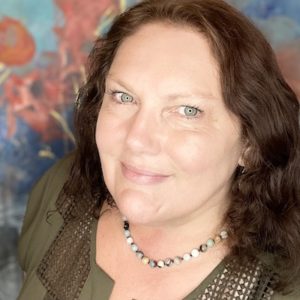
Robin Maria Pedrero models active marketing while juggling two different styles of art.
Originally published in 2014. Updated and republished October 17, 2018, and now, updated again with the addition of a podcast episode. Original comments remain intact.

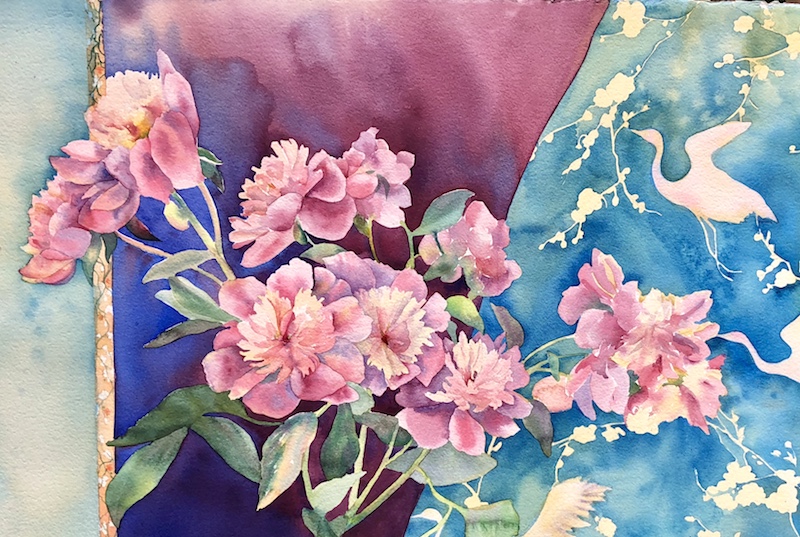

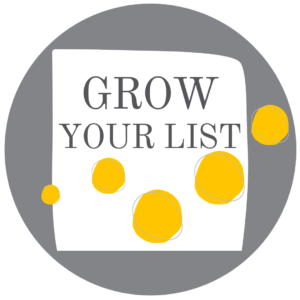
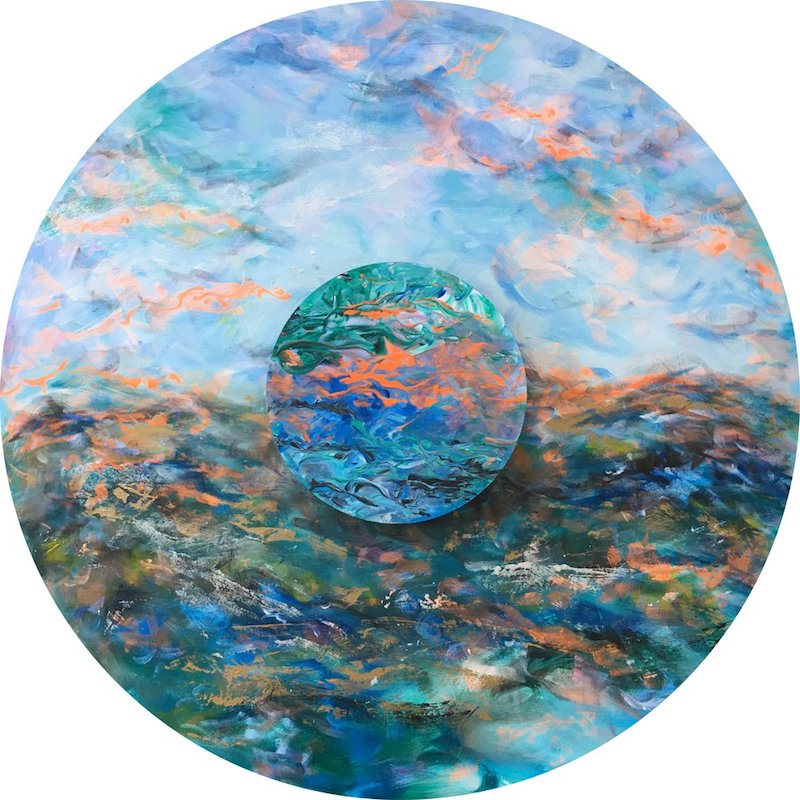
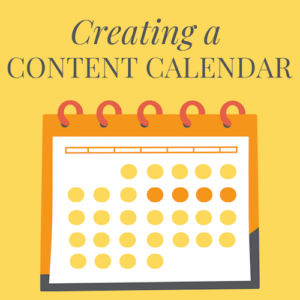
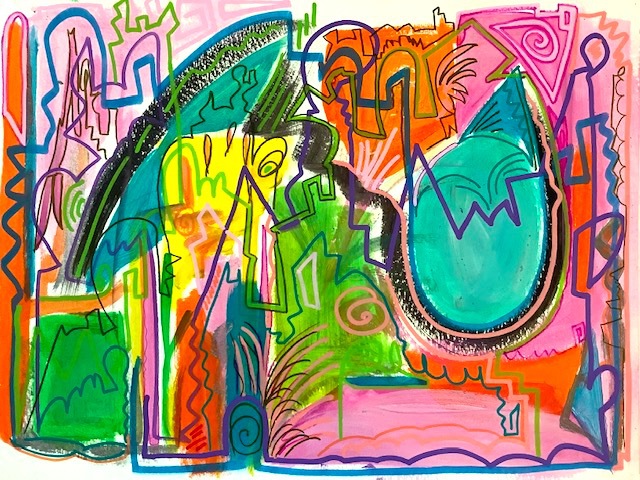


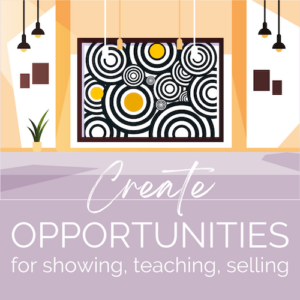

39 thoughts on “The Art Biz ep. 142: Activate Your Marketing for a Bigger Audience”
PASSIVE PASSIVE PASSIVE me. I will be using some of your tips in the next few minutes for an exhibition that I am co-chairing!
Love your new format!
Kathy: Thanks! Let me know how it goes.
Great tips, as always! I will be putting this list on my desktop.
I might add one thing: be sure you have your portfolio with you at all times on your phone or in your purse.
Barb: “Having it with you” sounds passive. How about making it more active. 🙂
I am bookmarking this post as I am a passive marketer…I admit it…ugh!! But in my defense I am getting a bit more bold this year, asking people to join my FB sight and be on my mailing list…but this is more of a push…thanks!!
Way to go, Kathryn!
Alyson,
Thank you. I love the idea of targeting specific types of customers rather than one emailing. Just so you know, I recently held a one woman show as a challenge to one of your workshops. The results were amazing. Your training was and is amazing! Thank you so much.
Pamela: Wow! I love hearing that. Can you email me more about it? Would love to share your story if you don’t mind.
Oh yes, would love to read more about your experience!
I think these marketing strategies you’ve shared are very effective, and makes a whole lot of sense. What’s even better is that they can be put into effect right away.
Thanks for sharing,
Troy
Troy: Absolutely. Not all at once, of course. But keep them in mind.
What I learned here today will always be a part of me!
Thanks Alyson.
Wow…I am passive on all counts.
I’ve not finished updating my new website in six months.
I’ve not attended juried shows in which I have been included (scheduling conflicts with my being out of town).
I’ve not been actively looking for new clients…no keeping in touch with my base, other than through Facebook.
Duh!
I have to get on the ball.
Thanks for your generous replies co-artists.
And, Alyson, I think you are making me more and more aware of how to survive as an artists — everyday. Thank you!
Wonderful stuff. Thank you.
Thank you for the kick in the fanny! I definitely have hit the snooze button on my marketing angle, guilty as charged. Really appreciate the helpful advice Alyson!
🙂
Another great and timely post. I am not a very fast producer and therefore have not clued in to how to send news to just some of my list. I do not see the benefits of it unless I make enough art for different tastes.
Kelly: You might send to a certain geographical region if you’re in the area or to students.
Great tips! I am going to work on activating my social media as per your suggestions, thank you!
Let me know how it goes, Laura.
The personal touch really counts. I am trying out video messages using Soapbox by Wistia. It is a free browser extension and no software required (I have no connection to Wistia). Just click start, record a quick video message and send them the link on email. Nice for thank you messages.
Nice, Malcolm! I use Vidyard for something similar. Super easy.
Needed this today! Love all the comments here; I, too have become passive in recent months. Upon reflection, I know how this happened. No excuses! Time to refocus my energy and stop being lazy about marketing and making connections! Thanks, Alyson!
Maria: Glad you found this helpful.
I am becoming more active but I have a long ways to go before I can confidently say, “I’m an active marketer of my work.” But thanks to Alyson, I know what I have to do. One step at a time, I’m getting there.
????
oh my goodness!! i’m so lame – thanks for the wake-up call Alyson
Not lame if you’re open to making some changes, Amanda.
Fabulous pointers! I have been way to passive, and will add this adv. to the steps I’m implementing! Thanks so much!
Glad you can use it, Paige.
Love your list Alyson! I’d like to add guest-posting or contacting appropriate publications offering your art for a feature article, as great ways to get eyes-on.
Social media is still my personal downfall. I just don’t dedicate enough active time to it.
Alyson• I always appreciate your perspective on things. I think this is the first time I disagree though.
I don’t think the activities you’ve mentioned are passive at all. Maybe another word would be better? Because creating a postcard when most only send emails (emails take time too) is time consuming considering that one must design (being a graphic designer I admit to being a perfectionist on this front) and print as well as add postage. Creating FB events and individually inviting people all requires so much time. I always add personal messages. Research and writing for a blog and posting in places where they can’t be automatically posted took me 2 hours at one point. I have specific days for Insta, Facebook, and Twitter because you aren’t supposed to just post but engage as well as curating your content and attempt to encourage discussion. Some of the things you mentioned are easier said than done though. Just segmenting your mailing list requires you to capture information in a different way which requires some research – possibly even doing a survey of your subscribers – on part of the administrator.
I know and believe marketing is a very important component of the business of being an artist. I think there needs to be balance; seeing what works specifically for us and our businesses and time left to take a breath. I know you aren’t saying to do all of these at once, but for those of us who want so badly to succeed we will wear ourselves out trying all of these things at once. I do agree that trying some of these actions to engage and activate at various points in time could be good alternatives.
Over the years I’ve so appreciated you helping artists to see themselves as business people and helping us think about ourselves beyond the false narrative of the “poor artist”. Thank you!
Thanks Alyson! I can see how passive I’ve been in my marketing, as well as where I’ve begun to step out (collecting names for my mailing list). I’m now thinking of ways I can make things happen (like scheduling private events for the people who need to see my art) and shed that passive skin I’ve been wearing for too long!
I continue to use the post card strategy you taught me years ago in Bootcamp, I collect mailing addresses like crazy. People love to get handwritten thank you notes and Holiday cards and regular updates in the mail. I have people email me and thank me for the thank you note. I paid attention in class and it has “pay-ed” off.
Thank you Alyson,
Maggie
Such great ideas!
I have found that being one on one with a client to tell stories about my work and answer their questions is interpersonally satisfying and often leads to sales. People love to hear what’s behind or inside a work of art and that creates more of a relationship between us. Often it intrigues them to hear about the making process and to see my studio. I think if I could get each potential client alone for a tour and talk, I could sell work almost every time. That personal connection is powerful.
Uff.. I’m not just passive, I’m nearly dead ???? Thank you for giving a push, going to wake up and do something!
Love these tips. PASSIVE marketing is a trap that I have fallen into many times (despite me telling my clients to do otherwise all the time).
It’s tough as an introvert to continually be active – but my best results have always come from when I’ve challenged myself and put more effort in to with ACTIVE marketing. I think a lot of creatives are introspective and often introverted and therein lies the challenge.
But thank you, this post is really motivating. I’m going to share it.
Hi Alyson, enjoying all of your posts, and thanks for the Success Plan you sent me regarding Content Creation.
I see you mention Facebook and FB business pages a lot. With all that has come out about Facebook and privacy, I am really leery of investing in Facebook, and I know many of my friends (real friends, not FB friends, lol) are moving away from or have left Facebook entirely. I spend less and less time there and don’t even trust posts to private groups not being used by FB to target ads to me. It’s creepy and disturbing.
I don’t see a good alternative for hosting webinars and “private” groups, but gosh, I wonder how many artists or other creative types who have been relying on Facebook’s streaming platform are going to have to seriously re-assess. Any thoughts? Have you heard anything among your network about concerns with continuing on Facebook so heavily?
Chris: I think you’re right to be concerned. We are also looking for alternatives to FB for hosting our groups. And most of my clients use biz pages to feed their Instagram posts to. Never hurts!